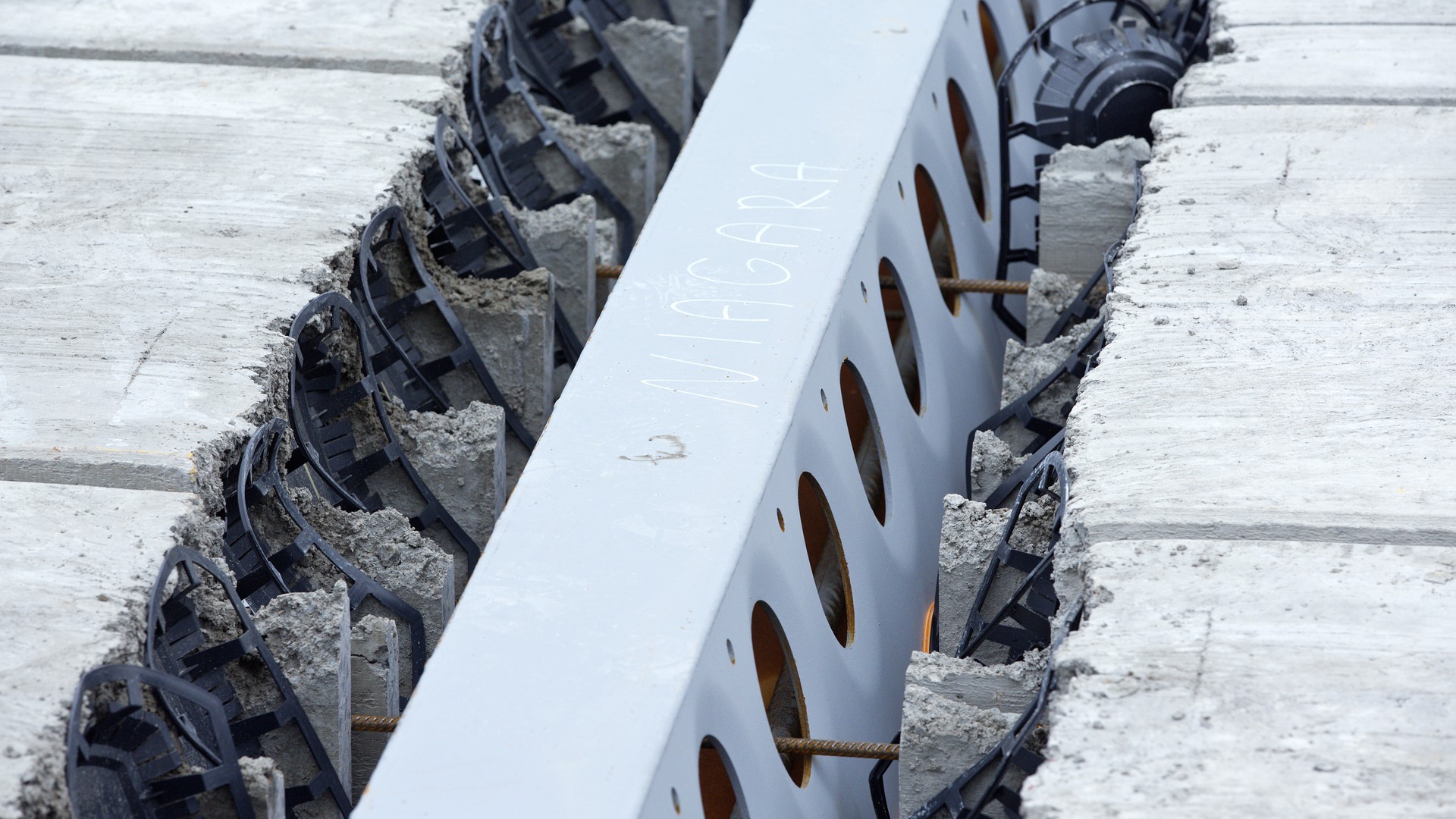EduSinglePage
Om kursen
The objective of the course is for the student to further develop the knowledge, understanding and the skills needed to work with problems in the area of materials science, where physical, chemical and computational models, as well as experimental methods, are used. This involves developing the ability to independently plan, carry out and present a project which contributes to research in the area.
Denna kursen ges som del av program:
Kursinnehåll
- Introductory literature studies which define and limit the scope of the work
- Execution and completion of this work inidividually, as well as presentation of it in a written report
- Oral presentation of the student’s work, as well as written and oral defence of other thesis material
Behörighetskrav
- A Bachelor’s degree in materials engineering, mechanical engineering, physics, chemistry or equivalent. The degree must be equivalent to at least 180 higher education credits.
- At least 22.5 higher education credits in mathematics
- The equivalent of English 6 in Swedish secondary school
- At least 60 higher education credits within the Master’s programme Computational Materials Science
Kurslitteratur
Aktuell litteraturlista finns i kursplanen
Kursvärdering
The University provides students who are taking or have completed a course with the opportunity to share their experiences of and opinions about the course in the form of a course evaluation that is arranged by the University. The University compiles the course evaluations and notifies the results and any decisions regarding actions brought about by the course evaluations. The results shall be kept available for the students. (HF 1:14).


